By Arya Moghaddam
Eastern and Western game studios have always offered two very different styles of games. In this article, we explore the differences in game development between the eastern and west companies.
The silent competition that has always been present in the gaming industry is the rivalry between Eastern and Western game development studios. When we say ‘East,’ we primarily mean Japan, which is undoubtedly one of the world’s gaming giants. When we talk about the ‘West,’ our focus is primarily on the United States, followed by some European countries that have become familiar names in the gaming industry. In fact, if we take a look at the most famous game development studios, Japan and the United States have significantly outperformed other countries, conquering the video game market. Notable studios like Ubisoft (France), CD Projekt Red (Poland), and Tencent Games (originally from China) have also made their mark in this market.
After closer examination, this competition isn’t just about game production; it extends to every aspect of the industry. The longstanding rivalry between Sony and Microsoft, as two prominent players in the gaming world, essentially represents the battle between Japan and the USA for dominance in the video game market. And let’s not forget Nintendo, which remains resilient and continues to develop great games. This competition, more than causing harm, could be said has ultimately benefited gamers, as they have been the winners in this ongoing race.

Ubisoft Studio, located in Montreal, Canada, one of the world’s most famous game development studios
But what are the differences in game development and production between these two geographical regions? Why is creating a game in a specific style so different in these two areas that, for example, the Japanese sometimes decide to add the letter ‘J’ at the beginning of the name of that style so that gamers know they’re dealing with a JRPG, not a simple RPG! Why do some gamers have a strong preference for games from one region, even if a game from another region has a metascore above 90? This is a topic that sometimes even leads to a game not being released in a particular region or at least being delayed.
There are significant differences in the structures of Eastern and Western game development companies that can be discussed for hours. In this article, we’ll delve into the differences in development and the outcomes of game development in these two regions. We’ll compare companies from both regions in terms of organization, finances, socio-political factors, technical aspects, popularity, and other relevant factors. Keep in mind that there are always exceptions in both regions. In fact, the artistic aspect of creating a game is so pronounced that the final product can be considered an artistic creation, and art is always heavily influenced by the creator’s creativity and taste. When discussing a broad topic, we must inevitably overlook these exceptions.
With this explanation, let’s now proceed to a case-by-case comparison of game development in the East and West and explore their differences.

A group of game developers and fans of the Grand Theft Auto series in front of Rockstar Studio’s building
Administrative and Organizational Structure
From a managerial perspective, team composition and the way roles are assigned to its members can significantly influence the outcome. This is one of the first topics where Japanese and Western companies clearly differ. This issue can be examined from two aspects:
In Japan, game development studios typically have a hierarchical and centralized structure. This structure allows most decision-making to be delegated to senior managers, with creativity being implemented at the lower levels of the organization. Large Japanese companies like Nintendo and Sony usually follow this approach, where each individual’s role is distinctly different from others, and responsibilities are clearly delineated.
In contrast, Western game development companies tend to prefer horizontal and team-oriented managerial structures. This approach allows developers to more easily express their ideas and share the creative process across all organizational levels. Western studios typically have less rigid role boundaries, and team members interact dynamically with each other. Studios like Blizzard and Naughty Dog are examples of this type of management, which places a greater emphasis on collaboration and team innovation. If you look at the history of many of these companies, you will see that initially, two or three friends came together, and over time, the company grew larger and larger.
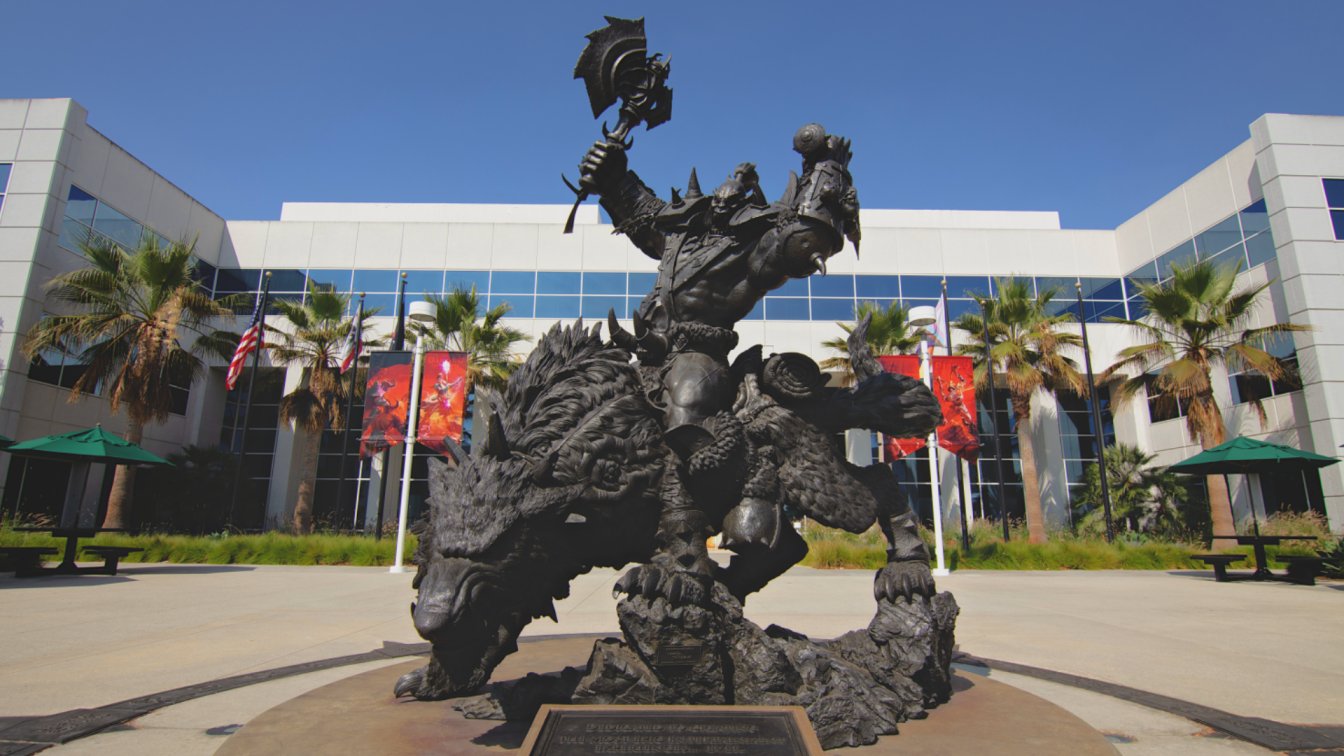
Blizzard, one of the most successful game development companies in the United States
The second point is the way companies form teams. In Japan, this is usually done unit by unit. In a Japanese company, it is common to see that company members are divided into completely separate teams, with each team independently focusing on a single project. In contrast, most American companies follow projects one after the other. For example, you can’t expect Uncharted and The Last of Us to be released within a short time of each other. On the other hand, Capcom can release new installments of the Devil May Cry and Resident Evil series in the same year without any issues!

Devil May Cry 5; an authentic Japanese game that was well-received in the Western market
Storytelling and Gameplay
Another difference that is often noticeable between Eastern and Western games is the approach to storytelling and gameplay mechanics. Some Japanese companies, like FromSoftware, focus particularly on gameplay, meticulously implementing all game mechanisms. The story in their games is usually conveyed through environmental exploration. This storytelling method has received mixed reactions from gamers. Some enjoy piecing together various puzzle elements, filling in the gaps, and the ambiguity of this narrative style, while others find it tedious and complicated.
In contrast, this aspect is quite different in Western games. Titles like The Last of Us and Detroit: Become Human are entirely story-driven, with the game environment, characters, and gameplay mechanics all serving the narrative. This approach ultimately provides a cinematic and profound experience, leaving behind more memorable characters. However, critics of this storytelling style argue that sometimes gameplay is overlooked and does not provide enough challenges for the audience.
As mentioned at the beginning of the article, there are many exceptions to the examples given. For instance, the DOOM series is a Western game that is entirely gameplay-focused, and the Yakuza series is renowned for its fluid and engaging storytelling. However, in general, and with a bit more research, it can be said that Western developers have always had a greater inclination towards linear storytelling.

Detroit: Become Human; the latest masterpiece by David Cage, exemplifies Western storytelling.
Commercial Success and Financial Performance
The financial aspect of any industry is one of its most important dimensions and a key indicator of its overall success. There is no doubt that over time, the video game industry has become one of the most lucrative and high-yield media industries globally, generating billions of dollars in revenue each year. The United States has had a significantly larger share so far, with the industry generating approximately $106.8 billion in revenue for the country in 2023. But what accounts for this difference, and in which areas have each of these two regions been more successful?
According to statistics, the best-selling Japanese games have been related to Nintendo consoles, with titles like The Legend of Zelda and Super Mario always serving as the flagship of Japanese games and generating substantial revenue for the country’s video game market. In recent years, China has also contributed to the prosperity of the Eastern gaming market by focusing on mobile games and producing titles like PUBG Mobile and Genshin Impact, aiding Japan in making the Eastern game market more vibrant than ever.
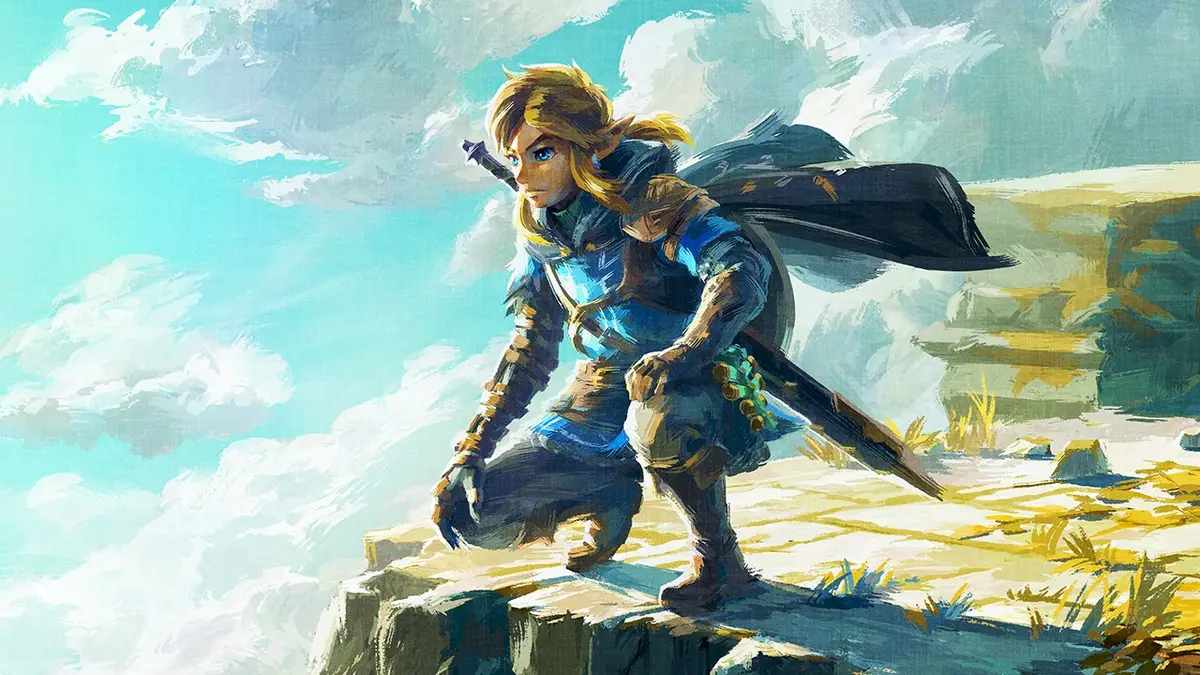
The Legend of Zelda; one of the most popular games globally, but not very popular in Iran!
On the other side of the world, AAA games have significantly higher sales, with titles like FIFA, Grand Theft Auto, and Call of Duty breaking global sales records with each new release. Many of you are probably aware that the fifth installment of the Grand Theft Auto (GTA) series set a sales record in the entire entertainment industry a few years ago, becoming the best-selling entertainment product in history. This means that not only other games but even no music album, series, or movie has been able to compete with its high sales!
In the console war for several consecutive generations, Sony’s popular PlayStation console has been far ahead of its American competitor, Xbox. By early March 2024, PS5 sales reached around 54.17 million units, while combined sales of the Xbox Series X and S were approximately 27.68 million units. Even Microsoft’s most successful console, the Xbox 360, sold about 3.5 million units fewer than its rival at the time, the PlayStation 3. It seems that Sony’s sales strategies and exclusive PlayStation games still hold more appeal for most gamers.
Overall, it can easily be claimed that the United States has been the leader in game production, while Japan has excelled in console production. This balance doesn’t seem likely to shift anytime soon.
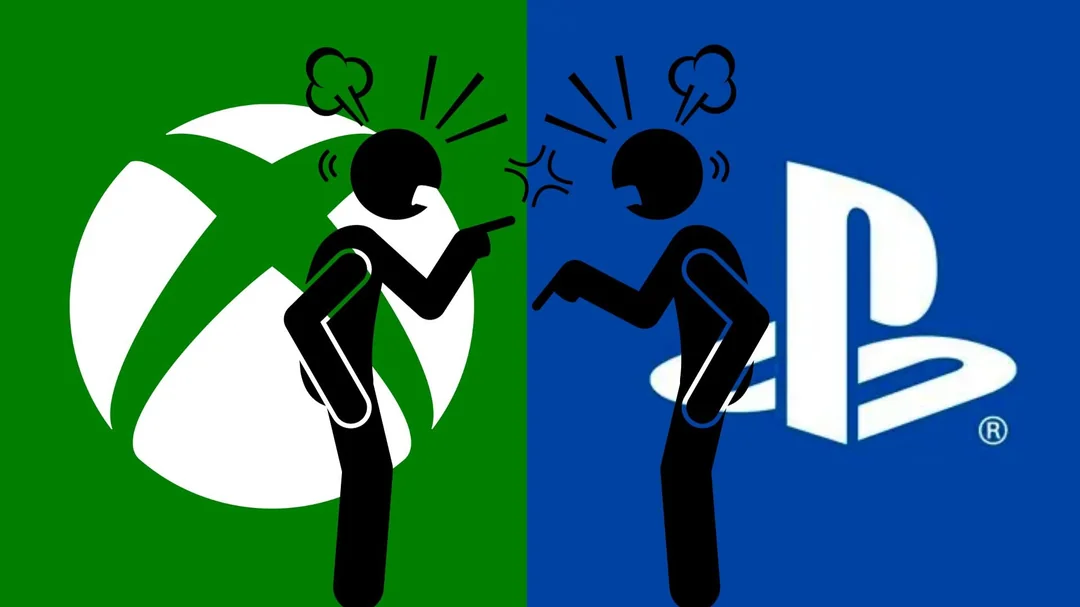
… and the battle that has been ongoing for years among the fans of these two companies!
Salaries and Wages
Another financial aspect that needs to be examined separately is salaries and wages. To summarize, Japanese programmers, designers, and directors receive significantly lower salaries compared to their Western counterparts. Meanwhile, the average working hours in Japan are markedly higher, a reflection of Japanese culture and their spiritual values.
On the other hand, living costs and the economy of different countries must also be considered. The cost of living in cities like San Francisco, Seattle, and Los Angeles, which are major game development hubs in the U.S., is very high. Naturally, employees in these cities need higher salaries to cover their living expenses. While the cost of living in a city like Tokyo is also not negligible, overall, Western living tends to be more expensive and costly compared to Eastern living.
Companies in both countries also use outsourcing as a method to reduce their costs. They hire third-world labor from countries such as India, China, or Latin American countries, paying lower wages to manage their expenses and reduce their final costs.

Salaries and game production costs are higher in Western countries compared to Japan.
Visual Design and Technical Issues
Another major difference between Western and Eastern game development lies in the visual and graphical design of games. Companies in both regions release numerous games each year with various graphic styles, attracting different audiences. However, generally speaking, Japanese games often adopt a more fantastical and abstract style. Emphasis on epic narratives, exaggerated character designs, and surreal scenes are characteristics of Eastern games that attract many fans.
However, this very aspect can also turn away other gamers. Many people dislike the fantastical and exaggerated design typical of Japanese games, which is why they might avoid Japanese titles.
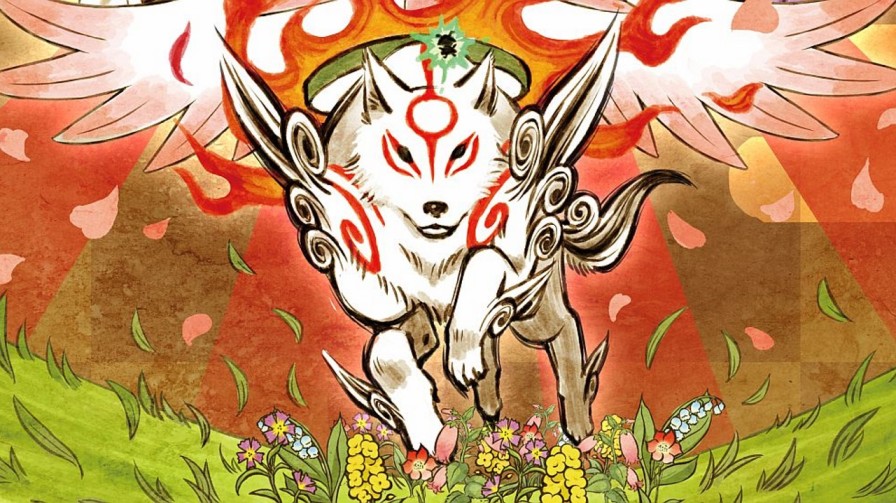
Okami, one of the most unique Japanese games with its fantastical and distinctive design, managed to capture the attention of many players.
In contrast, Western game development generally favors realistic design. Red Dead Redemption 2, which is crafted with a highly realistic approach and focuses on the finest graphical details, is a successful example of Western games’ realistic and detailed design. This feature might seem tedious to some fans of Eastern games, who may struggle to connect with the game environment.
For these reasons, many Eastern games usually do not require advanced hardware to run, whereas Western games, due to their heavier and more detailed graphics, often demand more advanced systems.
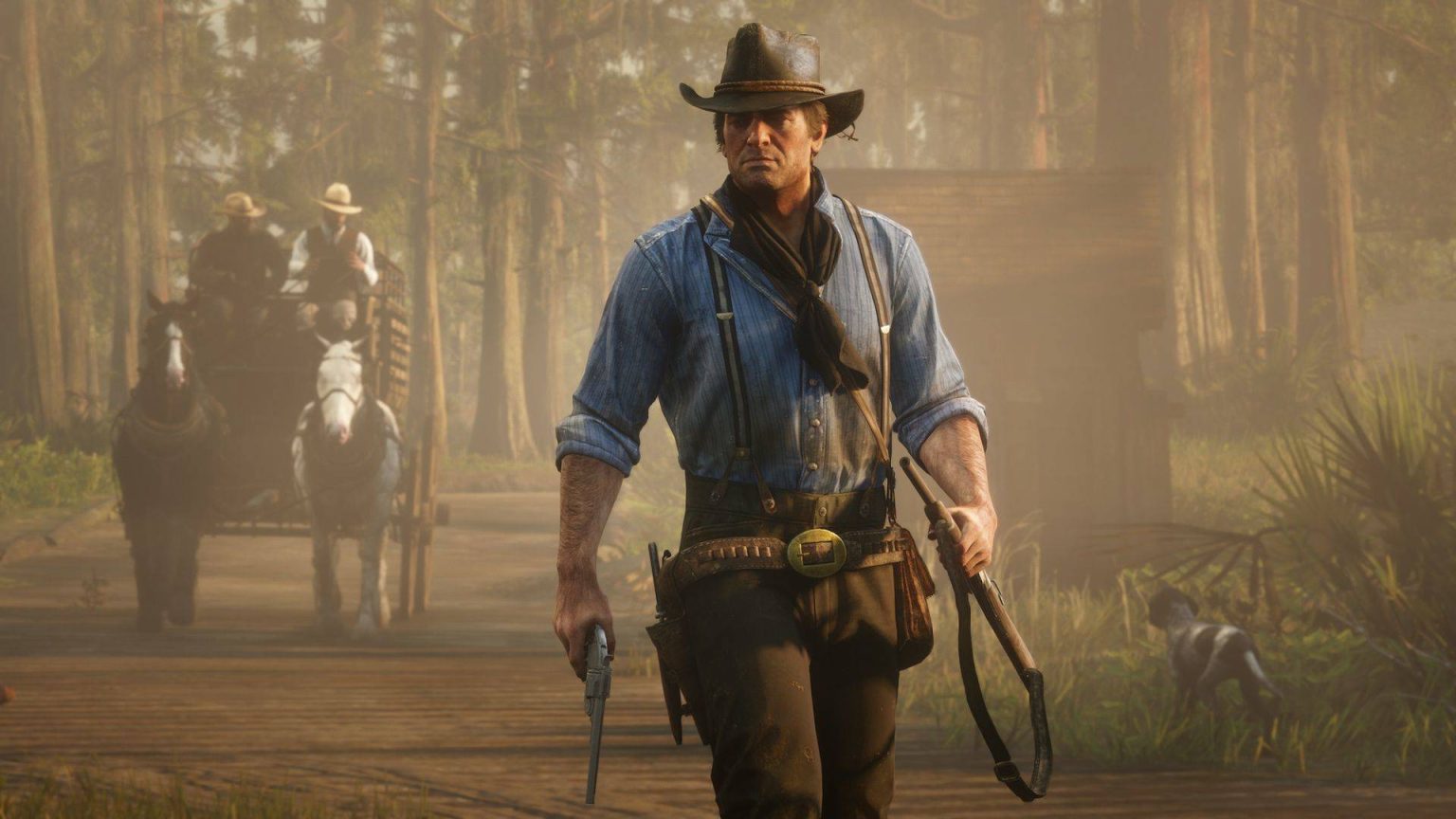
Realistic design with the finest details is one of the main characteristics of Red Dead Redemption 2.
Cultural and Social Dimensions
We come to the final and indeed very important part of this comparison. One of the aspects that distinguishes Eastern and Western games is their social and cultural dimensions, which are increasingly discussed each year.
Japanese developers have adopted a more conservative strategy over the years, focusing on making their games primarily entertaining and engaging. Nintendo games are good examples of this approach, being simpler, more straightforward, and enjoyable. Religious, political, and other sensitive topics are rarely addressed in games from this region, with most games focusing on fantasy and escapism. Even more serious titles from this region, like the Resident Evil or Silent Hill series, while occasionally touching on political or religious themes, are primarily focused on providing engaging and entertaining gameplay. Even Hideo Kojima, the legendary Japanese game designer, has not faced significant backlash from fans despite his exploration of these themes in his games.
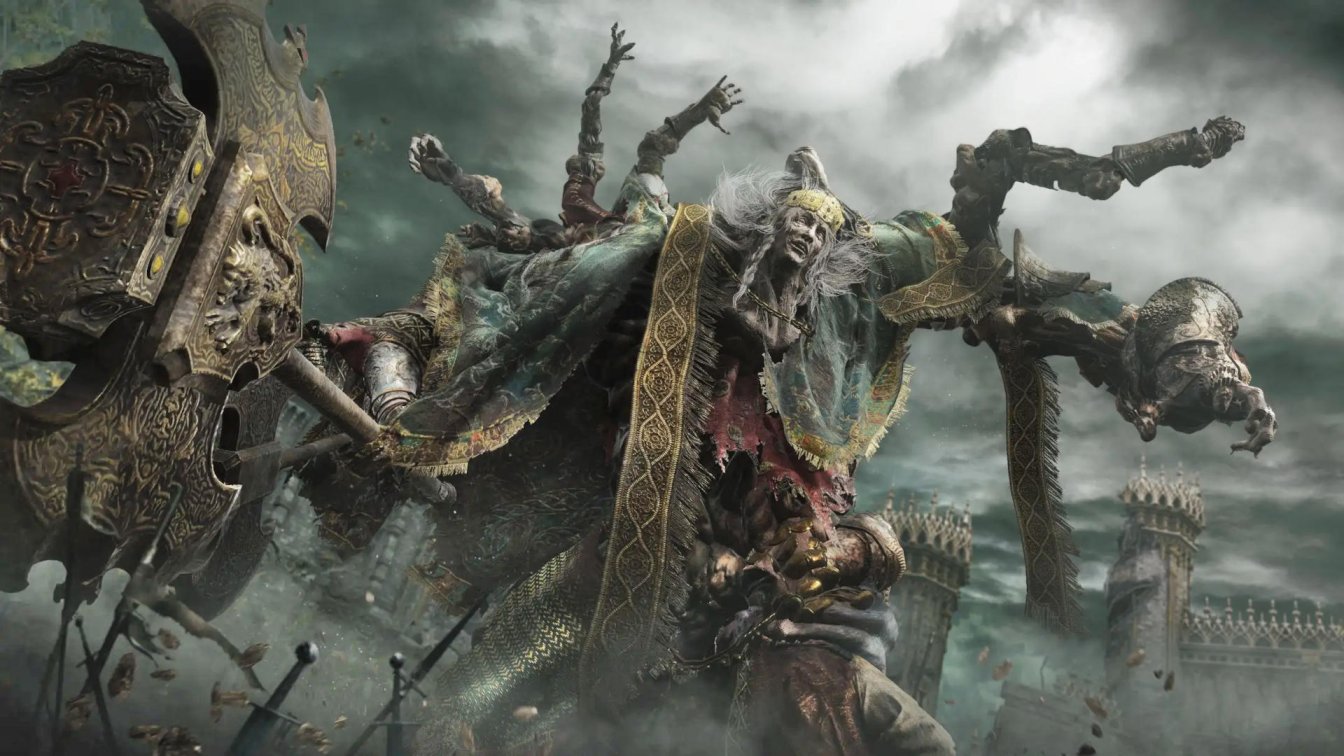
Come and immerse yourself in this endless world!
In contrast, Western developers have utilized the cultural potential of this medium in a different way, using it as a platform for expressing opinions and exploring more serious topics. Issues such as racial and gender diversity, progressive and political movements, and religion have been thoroughly examined in many Western games. This trend has become more pronounced in recent years, with games like The Last of Us Part II receiving significant criticism from parts of the gaming community despite their high technical quality and impactful storytelling, due to their exploration of these themes.
Whether the inclusion of these concepts in video games is beneficial or harmful depends on individual perspectives and tastes. However, these concepts have sparked deep and interesting discussions, helping younger audiences to develop a more profound cultural and social perspective. Today’s gamer is not like the gamer of twenty years ago and learns a great deal about politics, history, and art from each game.

Addressing social and religious issues has become an inseparable part of Western games
Conclusion
If we were to list our favorite games, it’s likely that each of us would have several Japanese and Western games on that list. Both regions have successfully released games over the years that have become cherished parts of our memories. The preference of some players for games from one region over another has led game developers on both sides to learn from each other, striving to win over audiences across the globe. This competition has ultimately benefited the end consumers. I hope that one day Iranian game developers will also be able to enter this global competition and we’ll see Iranian games on a world-class level.
As always, we would love to hear your thoughts on this topic. Which region’s games do you prefer? What do you think are the strengths and weaknesses of each? we look forward to your comments!


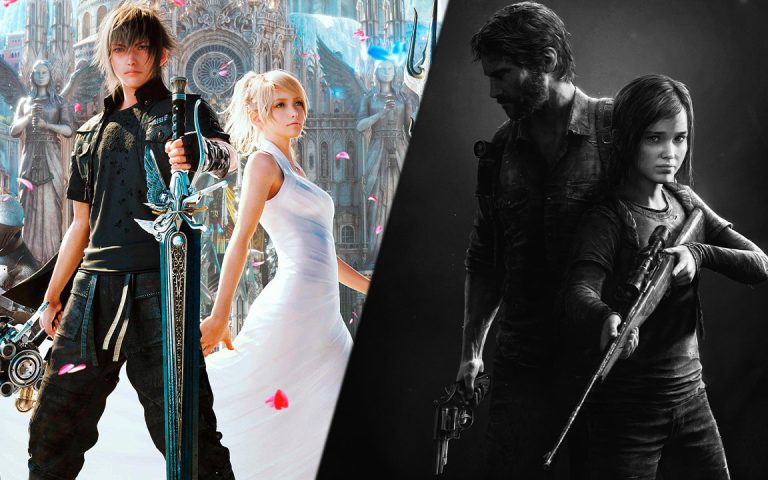
Comments